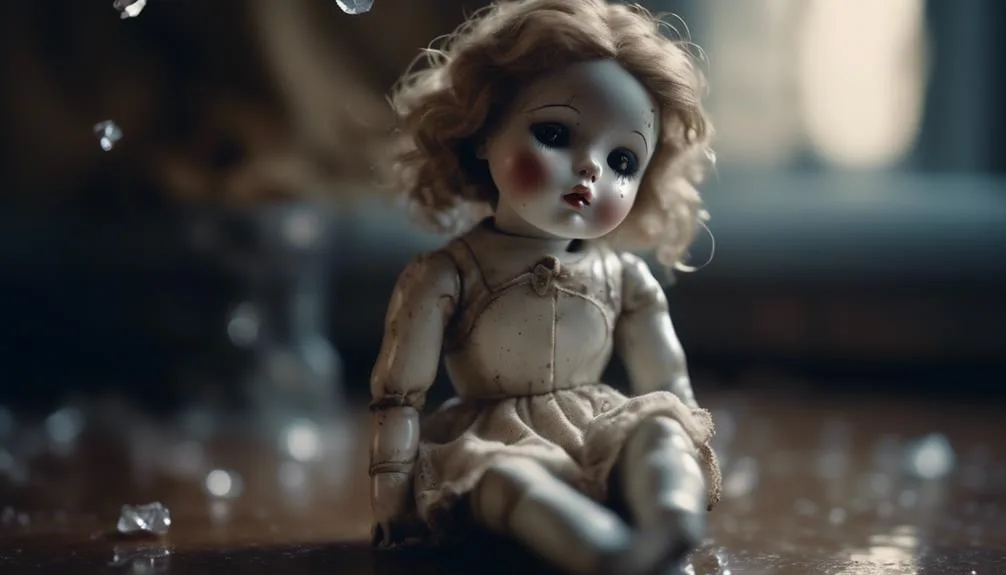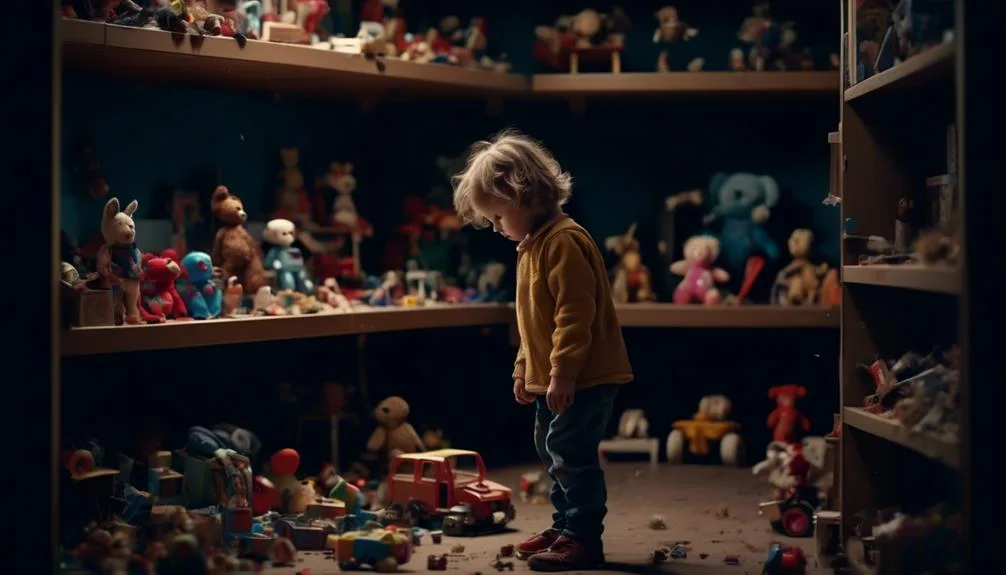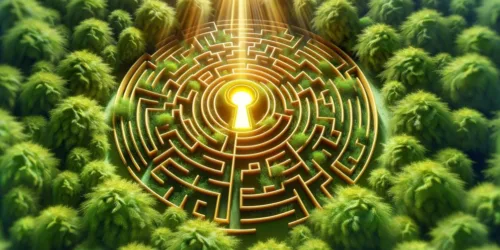Unveiling the Wounded Inner Child: A Journey to Healing
As you go about your daily life, juggling responsibilities and navigating the complexities of adulthood, you may find yourself wondering why certain patterns and emotions seem to persist, holding you back from experiencing true joy and fulfillment.
What if I told you that the key to unlocking this inner turmoil lies within the wounded inner child? Intrigued?
Well, prepare to embark on a profound journey of self-discovery and healing as we unravel the intricacies of the wounded inner child and unveil the transformative power of healing.
Get ready to uncover the hidden wounds of your past and tap into a wellspring of healing and growth that will forever change your perspective on life.
Key Takeaways
- The inner child is a part of the psyche that retains innocence, creativity, awe, and wonder.
- The inner child becomes wounded through experiences of hurt, abandonment, and trauma during childhood.
- Toxic shame and negative core beliefs develop as a result of the wounded inner child.
- Lack of safety, both physical and emotional, is a core aspect of the wounded inner child, and safety is essential for healing.
The Inner Child: Understanding Its Significance
Understanding the significance of the inner child is crucial for embarking on the journey of healing and personal growth. Your inner child represents the innocent, creative, and curious part of your psyche. It holds the key to unlocking your true potential and finding joy in life.
By reconnecting with your inner child, you can tap into its power to heal and transform. Inner child healing techniques, such as visualization, journaling, and expressive art, can help you connect with your inner child and address past wounds.
Additionally, self-compassion plays a vital role in healing the inner child. By practicing self-compassion, you offer yourself the love and understanding needed to heal and nurture your inner child.
Embrace the power of self-compassion and explore the depths of your inner child to embark on a journey of healing and personal growth.
Childhood Wounds: Uncovering the Pain

By reconnecting with your inner child and embracing the power of self-compassion, you can begin to uncover the deep-seated pain of your childhood wounds. Uncovering trauma isn't easy, but it's a crucial step towards healing. It requires courage and a willingness to confront the past.
As you delve into the memories and emotions of your childhood, you may uncover painful experiences that have shaped your beliefs and behaviors. The process can be challenging, but it's necessary for your growth and well-being.
Healing through self-compassion is a powerful tool. It allows you to offer yourself the love, understanding, and support that you may have missed as a child. By showing compassion to your wounded inner child, you can create a safe space to process and heal from the pain of your past.
Toxic Shame and Its Impact on Healing

To truly embark on your journey of healing, it's crucial to confront and understand the impact of toxic shame on your inner child. Exploring shame triggers and overcoming self-sabotaging behaviors are essential steps in this process.
Here's what you need to know:
- Toxic shame runs deep: It becomes ingrained in your mind and becomes part of your identity, causing low self-esteem, self-loathing, and worthlessness.
- Negative core beliefs develop: Toxic shame leads to the formation of negative core beliefs, such as feeling bad, unworthy, or unlovable. These beliefs affect your behavior and choices.
- Self-sabotaging behaviors emerge: Toxic shame often leads to self-sabotaging behaviors that hinder your growth and happiness. It's important to recognize and overcome these patterns.
- Healing requires self-compassion: To heal, you must cultivate self-compassion and self-care practices. Seek therapy or counseling to address the deep-seated wounds and engage in inner child work and healing techniques to nurture and embrace your inner child.
Creating Safety: Essential for Inner Child Healing
Confronting the impact of toxic shame on your inner child is the first step towards creating a safe environment for healing and growth. Establishing boundaries is crucial in creating a sense of safety for your wounded inner child. Boundaries help protect you from further harm and allow you to set limits on what's acceptable and what's not. By clearly defining your boundaries, you create a safe space for your inner child to express emotions, needs, and desires without fear of judgment or rejection.
Building self-compassion is essential for inner child healing. It involves extending kindness, understanding, and love to yourself, just as you'd to a beloved child. Self-compassion allows you to acknowledge and validate the pain and experiences of your wounded inner child. It helps you cultivate a nurturing and supportive relationship with yourself, which is vital for healing and growth.
As you embark on the journey of healing your wounded inner child, remember that creating safety is paramount. By establishing boundaries and building self-compassion, you provide a foundation for healing and growth. Embrace this opportunity to create a safe and nurturing environment within yourself, where your inner child can heal, thrive, and rediscover joy and wonder.
Recognizing the Effects of Childhood Neglect

Childhood neglect can have profound and lasting effects on your emotional well-being, self-worth, and ability to form healthy relationships. It's important to recognize the effects of neglect in order to embark on the healing process. Here are four emotional consequences of childhood neglect that you may experience:
- Emotional detachment: Neglect can result in a sense of emotional numbness and difficulty connecting with your own emotions and the emotions of others. This can lead to challenges in forming intimate relationships and expressing your needs and desires.
- Low self-esteem: Growing up in an environment where your emotional needs weren't met can lead to a deep-rooted belief that you're unworthy and unlovable. This can manifest as chronic self-doubt, self-criticism, and a constant need for external validation.
- Trust issues: Neglect can erode your ability to trust others, as well as yourself. You may find it challenging to trust that others will meet your needs or that you're deserving of love and care. This can create barriers in forming and maintaining healthy relationships.
- Difficulty regulating emotions: Neglect can leave you without the necessary tools to effectively manage and regulate your emotions. This can result in difficulties in controlling anger, sadness, or anxiety, leading to emotional outbursts or emotional shutdown.
Recognizing the effects of childhood neglect is the first step towards healing. It's important to seek support from therapy or counseling to address these emotional wounds and develop healthier coping mechanisms.
Healing Strategies: Nurturing the Inner Child

When embarking on the journey of healing and nurturing your wounded inner child, it's important to approach it with compassion and a willingness to explore the depths of your emotional landscape. Healing your inner child requires you to engage in specific strategies and exercises that promote integration and growth.
One powerful technique is engaging in inner child healing exercises, such as visualization and meditation, journaling, art therapy, and affirmations. These exercises provide a safe space for your inner child to express themselves, heal old wounds, and develop a sense of self-love and acceptance.
Frequently Asked Questions
What Are Some Common Signs of a Wounded Inner Child?
If you have a wounded inner child, you may experience fear of abandonment, struggle with setting boundaries, and have low self-esteem. Reparenting techniques and understanding your emotional triggers can help heal and support your inner child.
How Does Childhood Neglect Impact Self-Worth and Self-Esteem?
Childhood neglect can deeply impact self-worth and self-esteem, leading to feelings of inadequacy and constant self-criticism. Healing the wounded inner child through therapy can help restore a sense of value and foster self-love.
Can the Effects of Childhood Neglect on Relationships Be Overcome?
You can overcome the effects of childhood neglect on relationships. Healing the wounds involves recognizing and acknowledging the impact, practicing self-compassion, seeking therapy or counseling, and engaging in inner child work and healing techniques.
What Are Some Effective Techniques for Healing the Wounded Inner Child?
To heal your wounded inner child, try exploring inner child healing techniques. These techniques, such as visualization, journaling, art therapy, affirmations, and re-parenting exercises, can help you nurture and heal your inner child.
Why Is Inner Child Healing Important for Personal Growth and Well-Being?
Inner child healing is important for your personal growth and well-being because it helps you overcome the impact of childhood neglect on relationships. It promotes self-awareness, emotional well-being, and empowers you to love yourself.
Conclusion
Congratulations on taking the courageous step towards healing your wounded inner child. Remember, you aren't alone in this journey.
Did you know that studies have shown that 80% of adults have experienced some form of childhood trauma? This statistic highlights the importance of addressing our inner child wounds and the widespread need for healing.
By embracing self-care practices, therapy, and inner child work, you can create a safe and nurturing space for your inner child to flourish, leading to a greater sense of self-worth, stronger relationships, and emotional well-being.
Keep nurturing and supporting your inner child, and may your journey be filled with healing and transformation.






